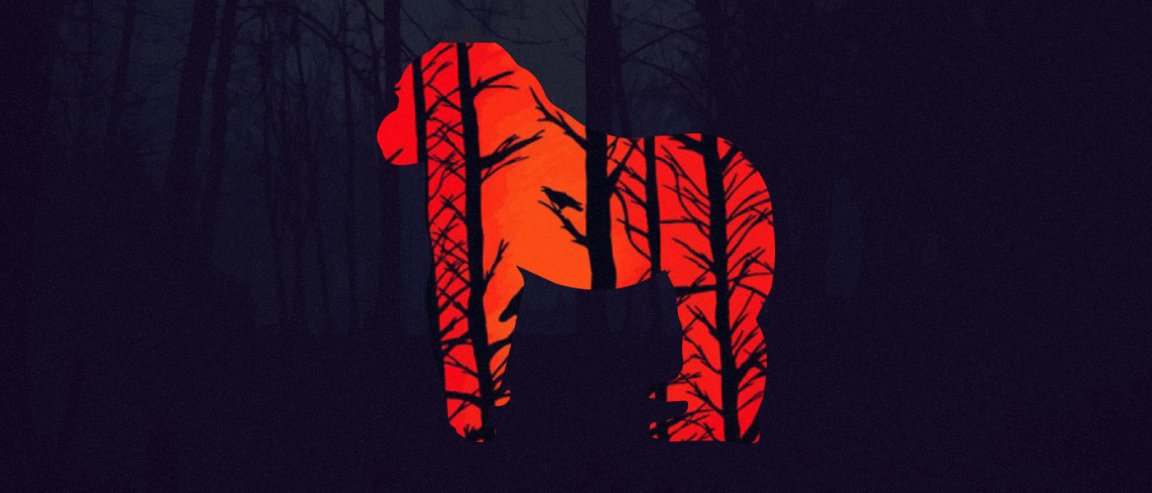
A New Name to the List
It’s no secret that there is an issue with our environment. Pollution, deforestation, global temperature changes—we are altering our planet in unprecedented ways and at an unprecedented rate.
With the threat of extinction growing day-by-day, a number of animals are reaping the fruits of what we sowed.
Case in point: According to the International Union for Conservation of Nature (IUCN), mankind’s closest evolutionary relatives—the Eastern Gorilla, the largest living primate—has just been listed as “critically endangered” in the latest “red list” of threatened species.

The formal change to the gorilla’s status was announced Sunday, at the IUCN World Conservation Congress in Hawaii, with the Eastern gorilla joining the other great apes (Western gorilla, Bornean orangutan, Sumatran orangutan, chimpanzees, and bonobos) in their fight for survival, according to NPR.
A New Wave in Protections
Finally being recognized as a critically endangered species has caused conservationists around the world to rejoice, as it could result in new protections. This is notable, as few of these gorillas actually exist in captivity—effectively raising the threat of its extinction by a noticeable amount (animal breeding in captivity is notoriously difficult).
“We are grateful that IUCN and the Species Survival Commission Primate Specialist Group have accepted our recommendations to upgrade the listing of Grauer’s gorilla,” Andrew Plumptre, lead author of the revised listing, said. “Critical Endangered status will raise the profile of this gorilla subspecies and bring attention to its plight. It has tended to be the neglected ape in Africa, despite being the largest ape in the world.”
Illegal poaching, habitat loss, and civil unrest are three of the main causes of the decline in population of the Eastern Gorilla. As the weight of war in the mineral-rich east of Democratic Republic of Congo, from 1993 to 2006, took its toll on the villagers and the soldiers, hunting for its bushmeat has tremendously assaulted its population—wiping out 77% of them in a single generation.
As Inger Andersen, director general of the IUCN, notes, “To see the Eastern gorilla—one of our closest cousins—slide towards extinction is truly distressing.”